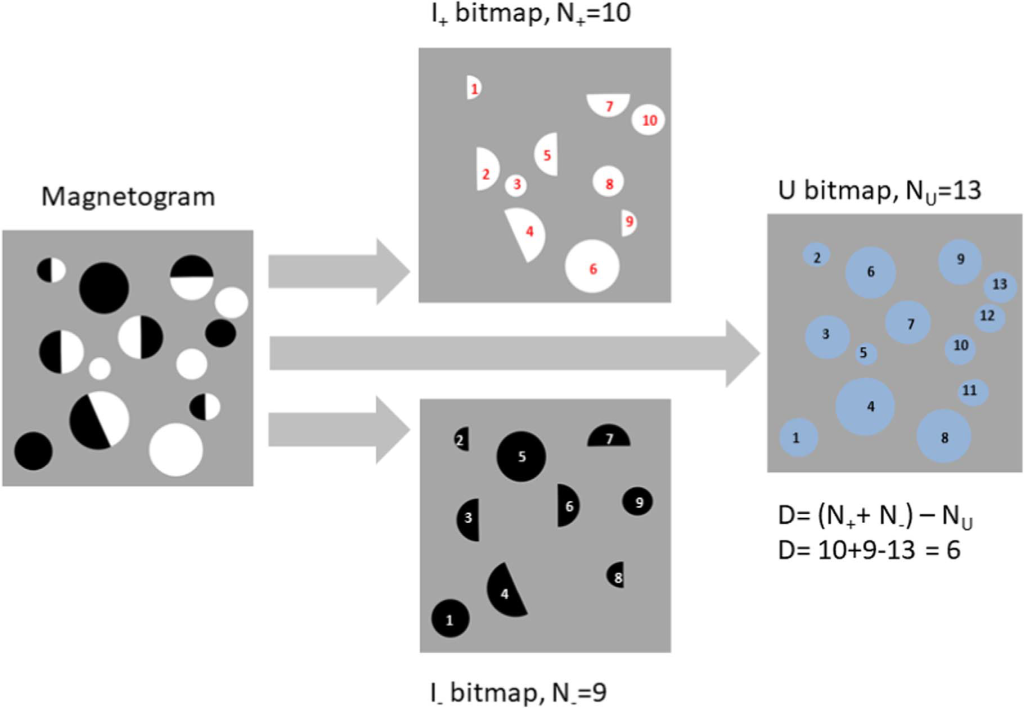Papers from SWICo members
Domenico Cicogna, Francesco Berrilli, Daniele Calchetti, Dario Del Moro, Luca Giovannelli, Federico Benvenuto, Cristina Campi, Sabrina Guastavino, Michele Piana
Solar flares emanate from solar active regions hosting complex and strong bipolar magnetic fluxes. Estimating the probability of an active region to flare and defining reliable precursors of intense flares are extremely challenging tasks in the space weather field. In this work, we focus on two metrics as flare precursors, the unsigned flux R, tested on Michelson Doppler Imager/Solar and Heliospheric Observatory data, one of the most used parameters for flare-forecasting applications, and a novel topological parameter D, representing the complexity of a solar active region.

We use both a heuristic approach and a supervised machine-learning method to validate the effectiveness of these two descriptors to predict the occurrence of X- or M-class flares in a given solar active region during the following 24 hr period. Our feature ranking analysis shows that both parameters play a significant role in prediction performances. Moreover, the analysis demonstrates that the new topological parameter D is the only one, among 173 overall predictors, that is always present for all test subsets and is systematically ranked within the top 10 positions in all tests concerning the computation of the weights with which each predictor impacts the flare forecasting.
Publication: Cicogna D., Berrilli F., Calchetti D., Del Moro D., Giovannelli L., Benvenuto F., Campi C., et al., 2021, ApJ, 915, 38. doi:10.3847/1538-4357/abfafb. https://iopscience.iop.org/article/10.3847/1538-4357/abfafb
